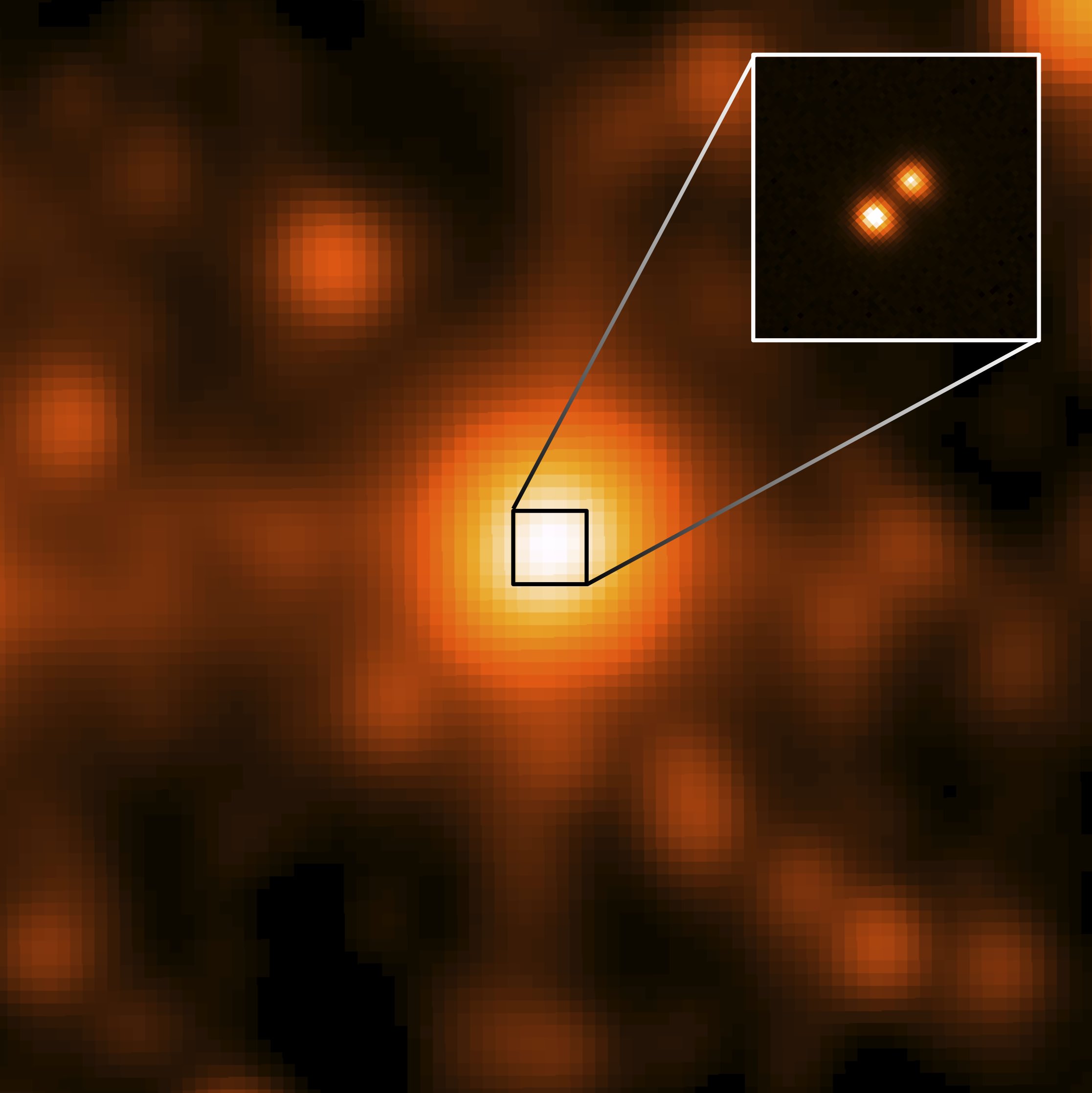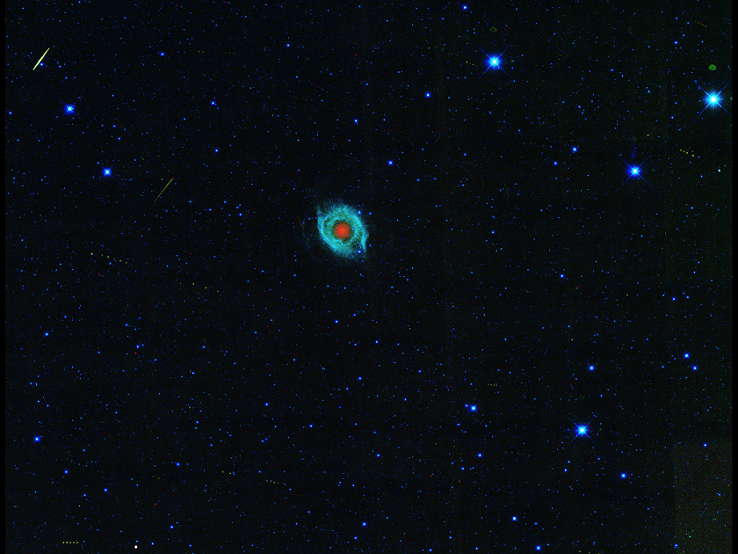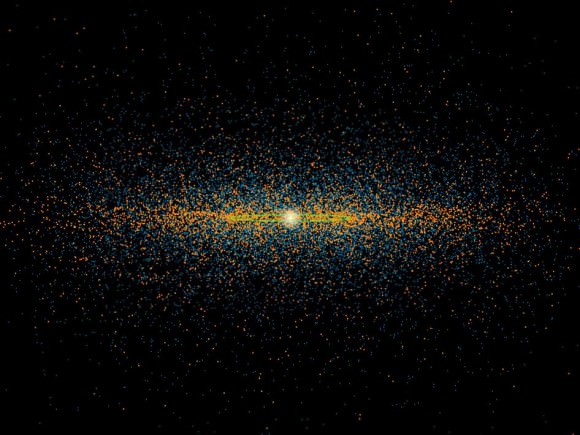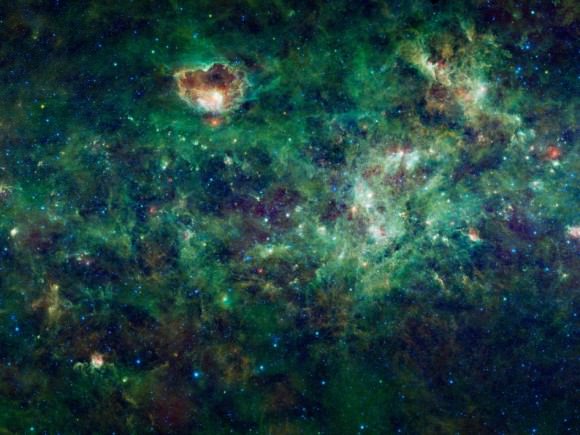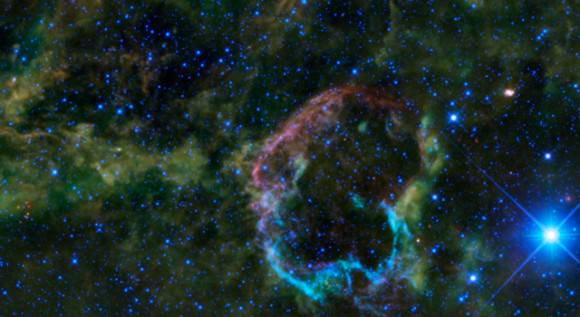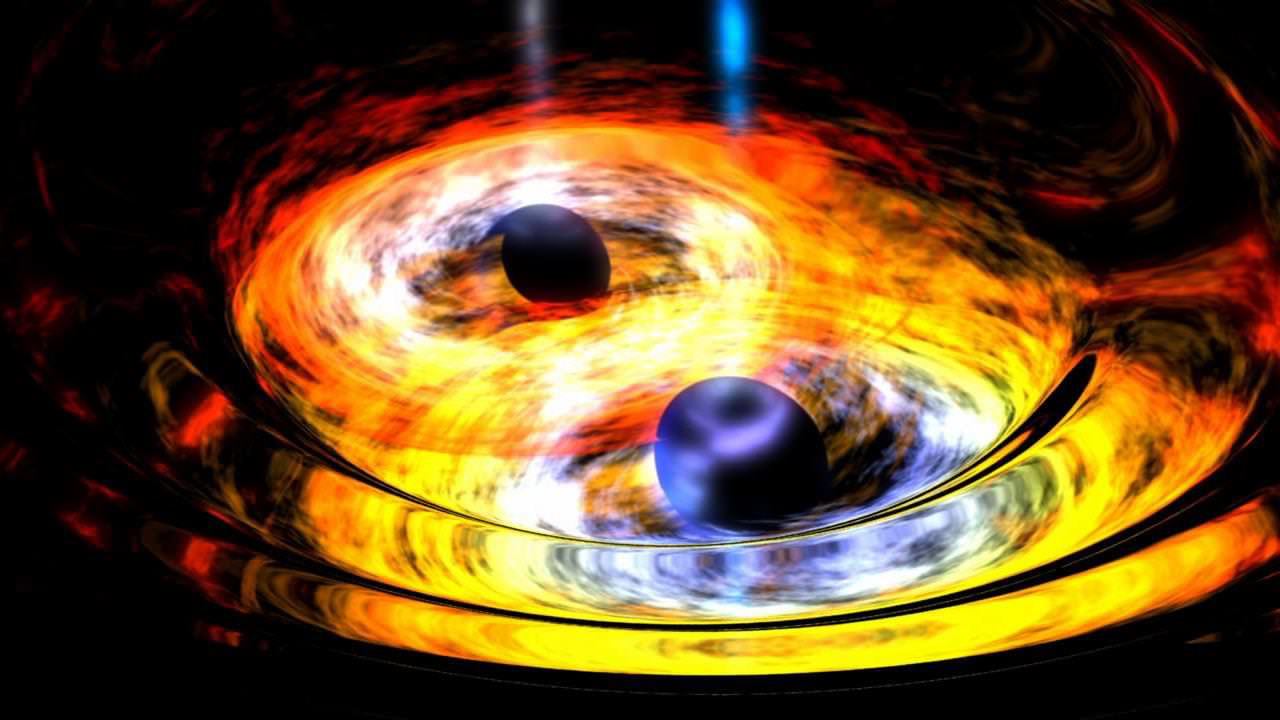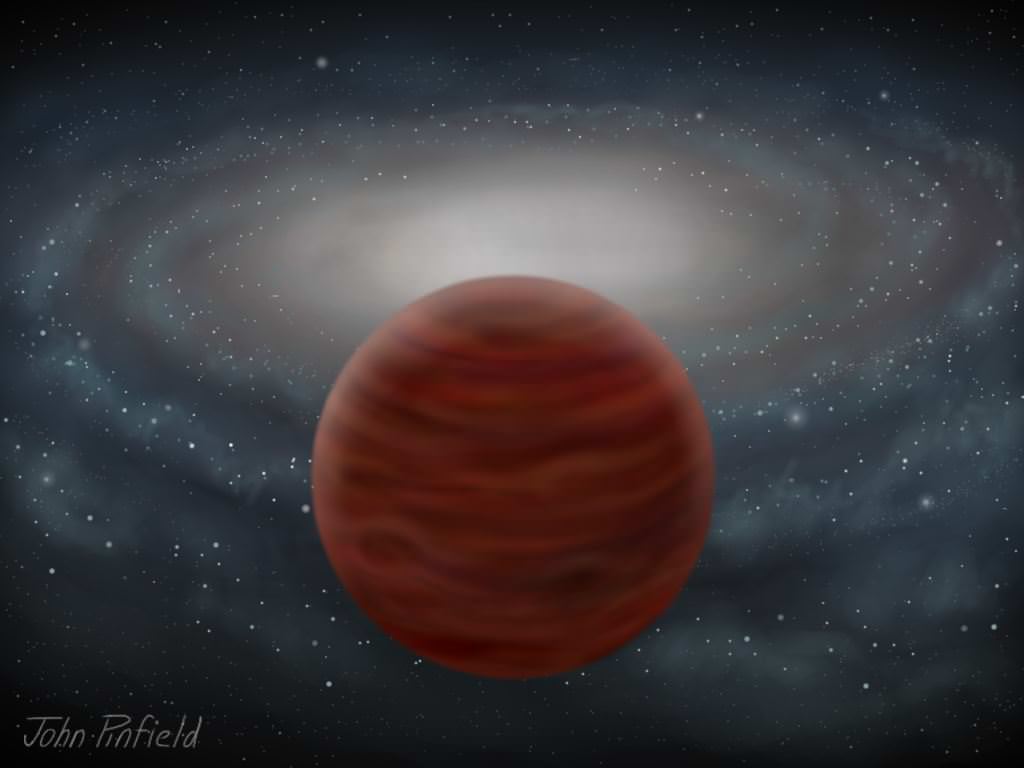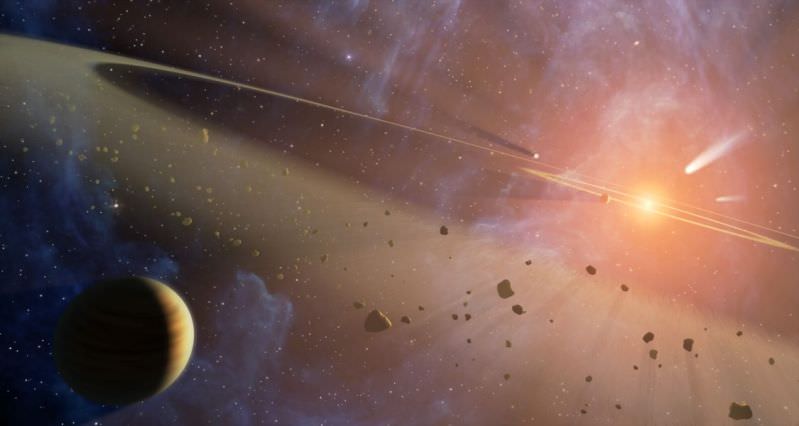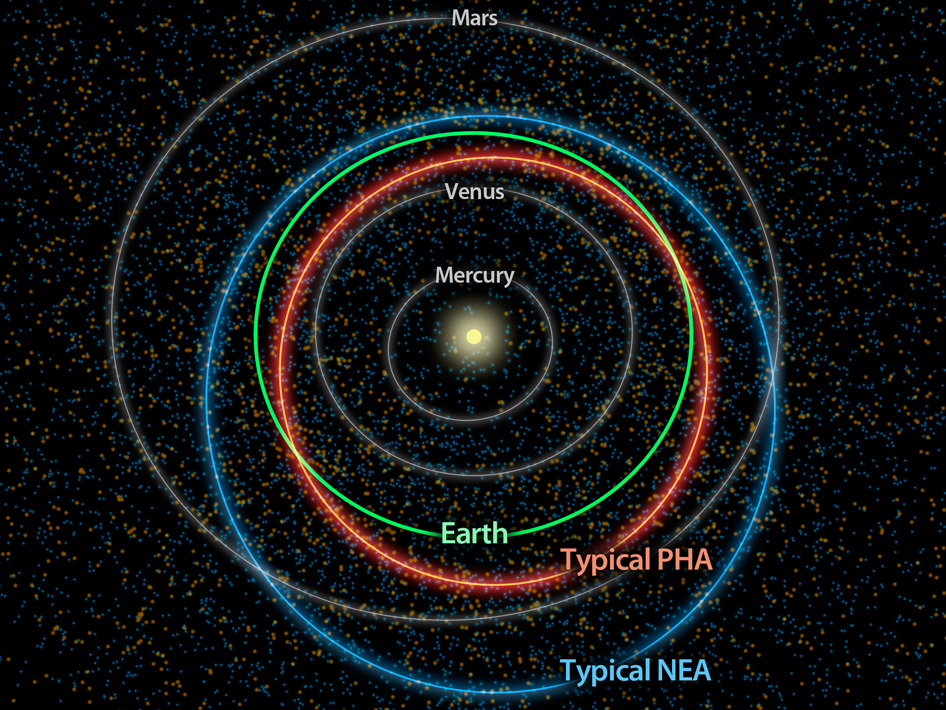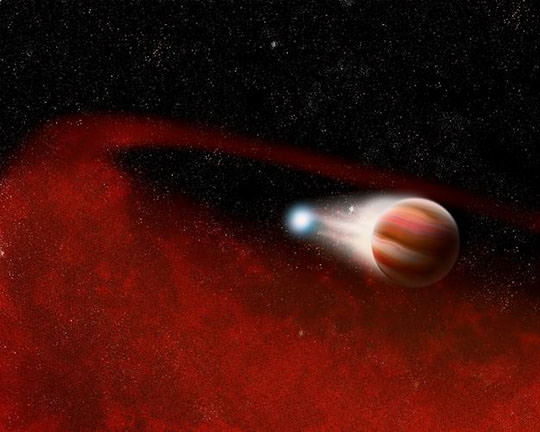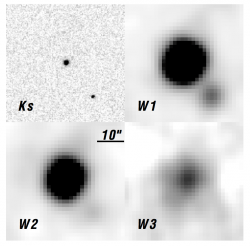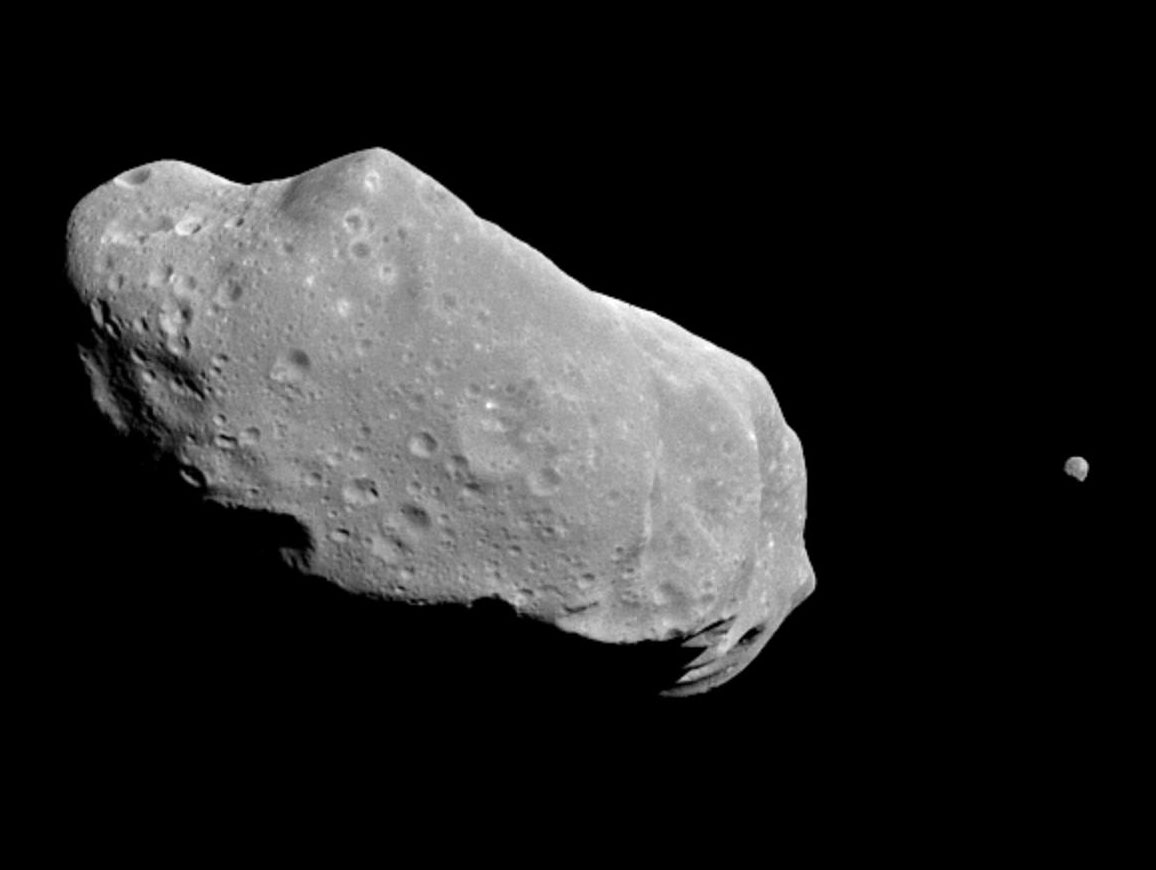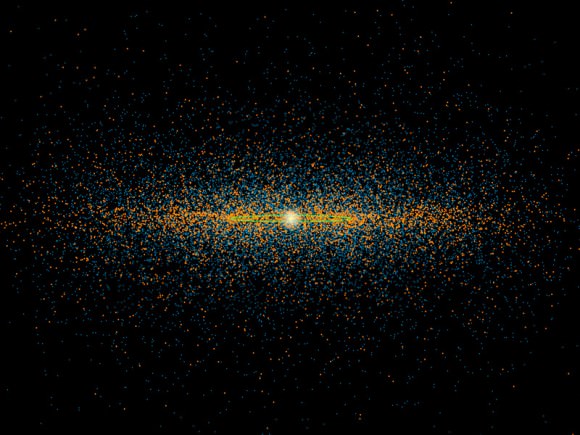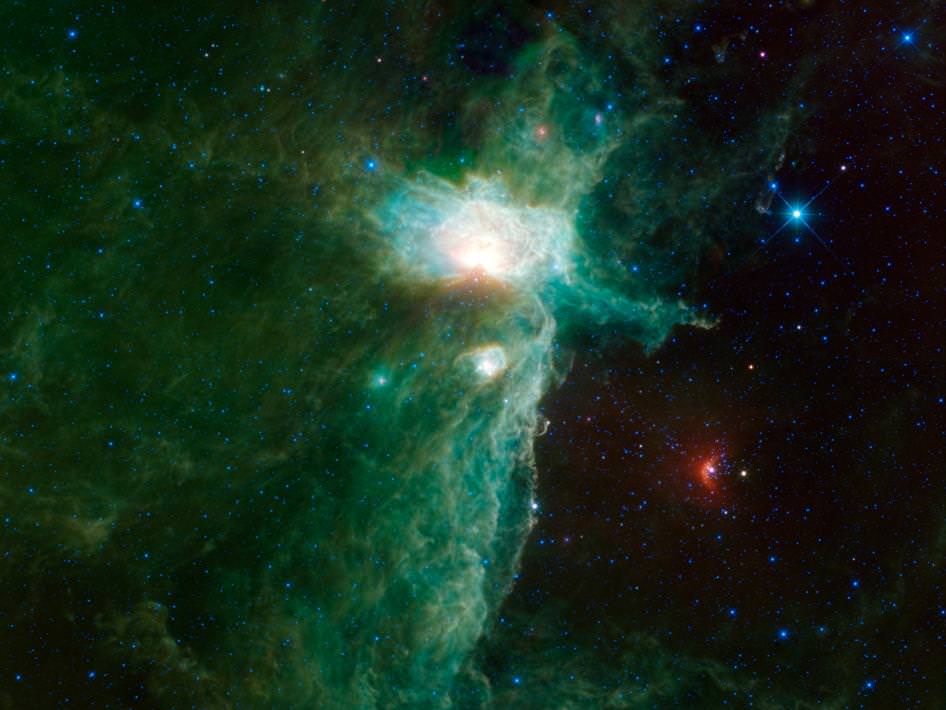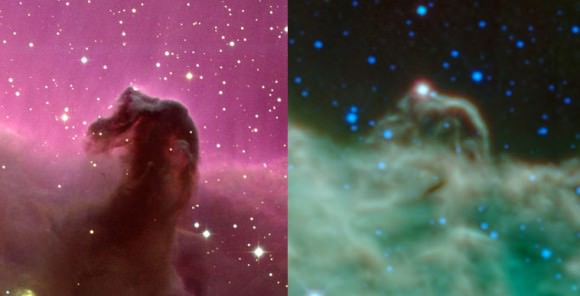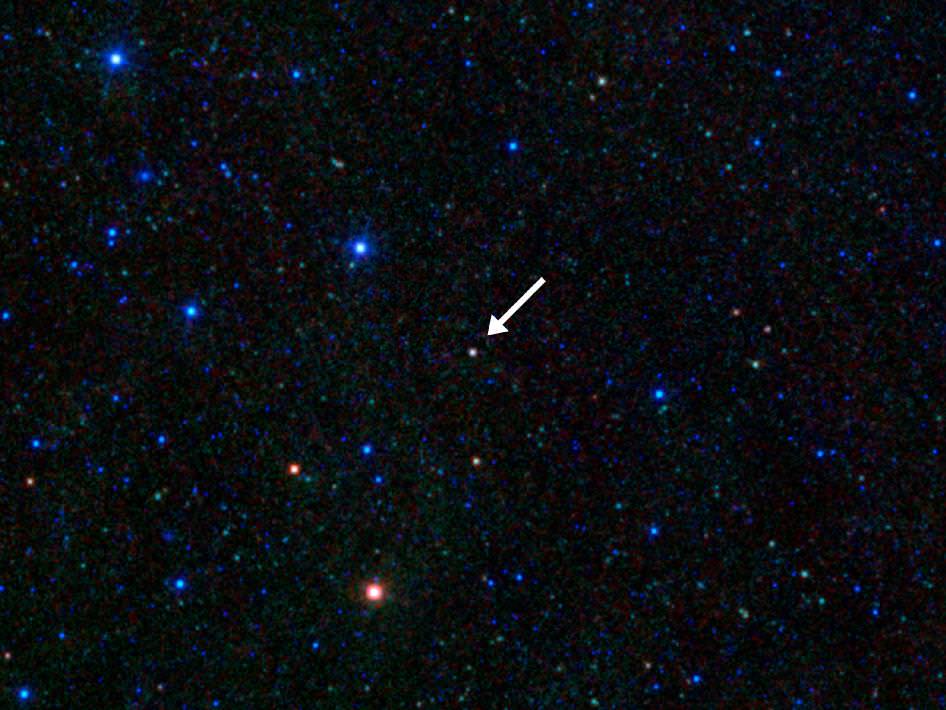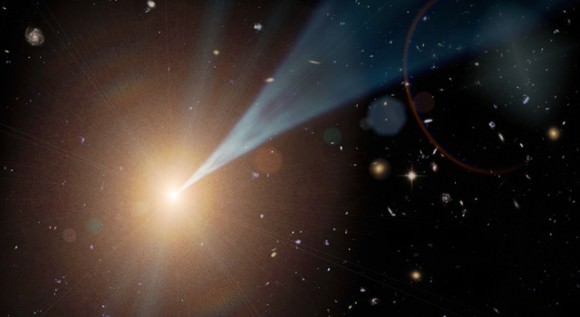In 2012 astronomers announced the discovery of an Earth-like planet circling our nearest neighbor, Alpha Centauri B, a mere 4.3 light-years away. But with such a discovery comes heated debate. A second group of astronomers was unable to confirm the exoplanet’s presence, keeping the argument unresolved to date.
But not to worry. One need only look 2.3 light-years further to see tantalizing — although yet unconfirmed — evidence of an exoplanet circling a pair of brown dwarfs: objects that aren’t massive enough to kick-off nuclear fusion in their cores. There just may be an exoplanet in the third closest system to our Sun.
Astronomers only discovered the system last year when the brown dwarfs were spotted in data from NASA’s Wide-field Infrared Explorer (WISE). Check out a past Universe Today article on the discovery here. They escaped detection for so long because they are located in the galactic plane, an area densely populated by stars, which are far brighter than the brown dwarfs.
Henri Boffin at the European Southern Observatory led a team of astronomers on a mission to learn more about these newly found dim neighbors. The group used ESO’s Very Large Telescope (VLT) at Paranal in Chile to perform astrometry, a technique used to measure the position of the objects precisely. This crucial data would allow them to make a better estimate of the distance to the objects as well as their orbital period.
Boffin’s team was first able to constrain their masses, finding that one brown dwarf weighs in at 30 times the mass of Jupiter and the other weighs in at 50 times the mass of Jupiter. These light-weight objects orbit each other slowly, taking about 20 years.
But their orbits didn’t map out perfectly — there were slight disturbances, suggesting that something was tugging on these two brown dwarfs. The likely culprit? An exoplanet — at three times the weight of Jupiter — orbiting one or even both of the objects.
“The fact that we potentially found a planetary-mass companion around such a very nearby and binary system was a surprise,” Boffin told Universe Today.
The next step will be to monitor the system closely in order to verify the existence of a planetary-mass companion. With a full year’s worth of data it will be relatively straightforward to remove the signal caused by the exoplanet.
So far only eight exoplanets have been discovered around brown dwarfs. If confirmed, this planet will be the first to be discovered using astrometry.
“Once the companion is confirmed, this will be an ideal target to image using the upcoming SPHERE instrument on the VLT,” Boffin said. This instrument will allow astronomers to directly image planets close to their host star — a difficult technique worth the challenge as it reveals a wealth of information about the planet.
Once confirmed, this planet will stand as the closest exoplanet to the Sun, until the debate regarding Alpha Centauri Bb is resolved.
The paper has been accepted for publication as an Astronomy & Astrophysics Letter and is available for download here. For more information on Alpha Centauri Bb please read a paper available here and published in the Astrophysical Journal.

